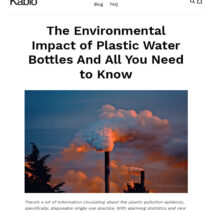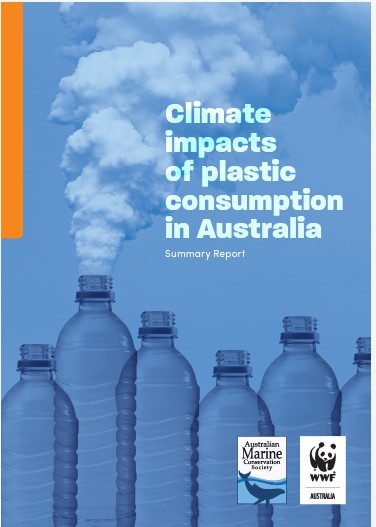The concept of leveraging nuclear explosions to suppress global temperatures may sound like the plot of a science fiction novel. Yet, it invites a playful question: could such a cataclysmic approach be harnessed to combat the relentless march of climate change? This inquiry pushes the boundaries of both environmental science and public policy, posing a formidable challenge to our conventional understanding of climate intervention strategies.
To embark on this exploration, we first need to examine the intricate relationship between greenhouse gas emissions, atmospheric phenomena, and global temperature regulation. Rising temperatures attributed to industrialization, deforestation, and fossil fuel consumption have led to unprecedented climate disruptions. The saga of climate change encapsulates a myriad of challenges, prompting scientists, policymakers, and activists to ponder over radical solutions that might stave off disaster.
One intriguing avenue of discussion centers on geoengineering, specifically solar radiation management (SRM). This umbrella term encompasses various techniques aimed at reflecting a fraction of sunlight back into space, thereby cooling the Earth. The notion of utilizing nuclear explosions as a means of SRM rests on the theoretical potential of injecting massive amounts of aerosols into the stratosphere. The resultant particles could reflect solar radiation, ostensibly leading to a cooling effect.
Historically, the scientific community has observed natural phenomena that support this idea. Volcanic eruptions, for example, expel aerosols such as sulfur dioxide, which have a pronounced cooling effect on the planet for a limited time. Pinatubo’s eruption in 1991 led to a temporary global temperature drop of nearly 0.5 degrees Celsius. Could a controlled nuclear explosion replicate such results on a grander scale? The playful proposition prompts us to consider not only the effectiveness but also the ethical implications.
Controlled nuclear explosions pose an inherent contradiction. They are designed to release immense energy and cause destruction, yet the tactical deployment of such explosions raises questions about consent, governance, and international norms. The absence of arena where nations can cooperatively design and execute such ventures suggests a high probability of conflict. Would countries be willing to harness the destructive power of arms in service of climate action, or would such a move exacerbate geopolitical tensions?
This inquiry unfolds further when considering the unintended consequences. The release of aerosols, while theoretically beneficial short-term, could lead to serious backlash. Prolonged aerosol injection may contribute to acid rain, diminishing air quality, or disrupt global weather patterns. The system dynamics of our climate are intensely complex; interference at one point might yield catastrophic repercussions elsewhere. This concern amplifies when one considers the ecological ramifications of introducing foreign particles into the atmosphere. The potential side effects may counteract the intended cooling measures
Pursuing the notion from a socio-economic angle introduces another dimension. The financial and logistical implications of conducting both controlled nuclear explosions and subsequent monitoring efforts would be astronomical. Who would foot the bill for such operations? Would nations in the Global South be expected to rely on the technological prowess and resources of wealthier nations, or would they find themselves at the mercy of a powerful few? The feasibility of such a geoengineering initiative would necessitate a robust framework for international collaboration and governance, in stark contrast to the chaotic history of nuclear proliferation.
As we delve deeper into this speculative discourse, it becomes critical to acknowledge existing alternatives that prioritize sustainability and ecological conservation. Renewable energy sources, such as solar, wind, and hydropower, offer scalable solutions that mitigate climate change without imposing unforeseen risks associated with nuclear interventions. There’s a palpable urgency in advancing green technologies that not only address the crisis but also empower communities and foster resilience.
Additionally, incorporating regenerative agricultural practices can sequester carbon, restore ecosystems, and enhance soil health—maximizing benefits while minimizing adverse impacts. The climate narrative should shift focus from drastic measures that pose considerable risk to innovative strategies that embrace ecological harmony. Investing in natural climate solutions, such as reforestation and wetland restoration, requires concerted effort and resources but has proven to yield invaluable long-term benefits.
Ultimately, as we flirt with the concept of using nuclear explosions to tame global temperatures, we must carefully weigh the ethical dilemmas, economic implications, and environmental outcomes. The inquiry serves as a reminder of our responsibility to prioritize holistic approaches that support the Earth’s fragile ecosystems while fostering sustainable development. The mere thought of controlling global temperature through cataclysm inevitably raises eyebrows and sparks debate, yet it highlights our collective struggle against nature’s fury propelled by human activity.
In conclusion, although the notion of nuclear interventions may tantalize with its potential for immediate impact on climate change, the complexities entwined in such a proposition illuminate the need for innovative, responsible, and sustainable solutions. The playful question about nuclear explosions as a climate solution invites us to engage with the intricacies of geoengineering, redirecting our focus to pathways grounded in stewardship and collaboration. If humanity is to overcome the climate crisis, it will be through unity, ingenuity, and a steadfast commitment to protecting our planet for future generations.







